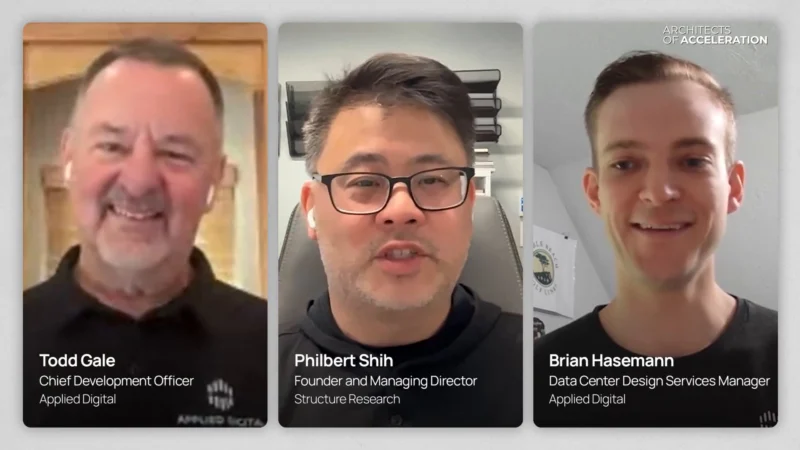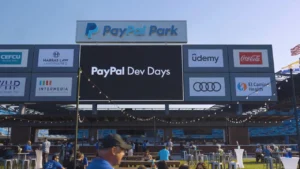What the Acceleration of Smart Cities Looks Like Today
The disruption of COVID is felt across the entire world. Cities feel this impact in many ways—how residents commute, work, dine, shop, and more. While the pandemic has ground to a halt some infrastructure projects in metro areas, the adoption of smart city technology is still of high interest. Telecom industry veteran Keith Pennachio, Chief Strategy Officer and EVP of SQUAN, shared his insights on COVID’s effect on smart cities.
“There has been some slowdown in major cities, like New York, which shut down early. Some projects are on hold, mostly in building. But we’ve seen an increase in fiber. Overall, not a lot of delays in infrastructure,” Pennachio said.
With a highly contagious virus, there has been a shift toward contactless. Smart cities could play a role in this, as well, and it may go beyond COVID. “We’ve seen a dramatic uptick in interest for equipment to facilitate contactless. Customers are asking, ‘How do I do this?’, and with fiber, more advanced technologies for contactless paying, devices in cards, or at front doors is possible,” Pennachio commented.
Will COVID leave permanent changes on how cities operate? Pennachio thinks yes, especially around things like temperature reading devices, already a fixture in Chinese and European international airports. They could become standard in the U.S. at airports, trains, and boats.
So, what are the challenges of adopting a smart city architecture? One concern remains, privacy. Pennachio stated, “It’s a concern, not just at home when you’re using Alexa, but in general society. You should do your research before you opt-in and think about what the tradeoff is.”
The trend of smart cities isn’t waning, and Pennachio sees COVID as an accelerator. “Before COVID, some of these things were just an idea. Now there’s going to be more rapid adoption with drove and robot delivery,” he added.
Follow us on social media for the latest updates in B2B!
Twitter – @MarketScale
Facebook – facebook.com/marketscale
LinkedIn – linkedin.com/company/marketscale








